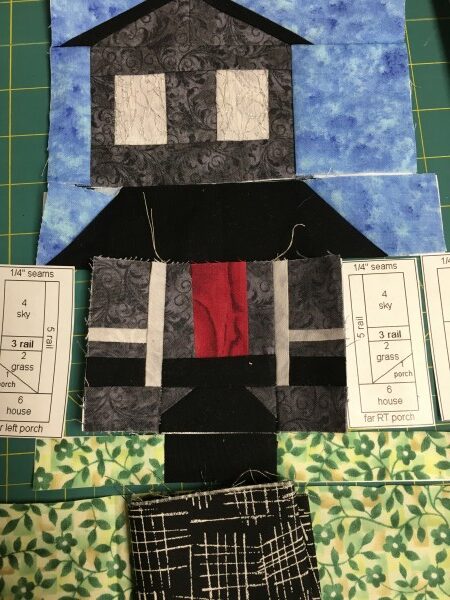Today is Day 30 of the 30 Day Blog Challenge to create and publish a blog. I did it!
I signed up for this challenge because 1) it was free, and 2) I wanted to set up a blog for my retirement lifestyle. Specifically, I want to blog about my journey as a novel writer and as a quilter.
If you have thought about publishing a blog but just didn’t know how to go about it, I recommend taking this challenge. Go here for more details.
While the challenge is free, there is a cost to set up a blog. I set aside $500 for hosting and Constant Contact for the first year, but it can be done with less. The costs are lower if you commit to a longer contract for your hosting. This is good if you want to help yourself commit!
The 30 Day Blog Challenge community offers a Pro membership. There are new courses being added all the time. If you want to continue your journey in this community, plan for that cost as well.
The information in the challenge is solid. The course includes WordPress training as well as blog training – you’ll know how and what and why to do each step.
The support and feedback are excellent. It’s a bit scary to publish a personal blog but having the encouragement with each post I published gave me the motivation to keep going. Each time I had a technical question (I had a few!) I received help and more information within 24 hours.
My Results
Over 30 days I have a theme uploaded and customized, and I have learned more about WordPress. I have published 13 posts and created several pages. Now my task is to go back and edit those posts and pages to further refine the purpose of my blog.
I made valuable connections that will last past the 30-day challenge. In my Covid 19 self isolation lifestyle this is big deal!
I have an account with Constant Contact again. I was a Constant Contact Partner before I retired, and now I will be again. I have missed working with this system! If you have ever considered using Constant Contact, let me know. I’m happy to show you what it’s all about – and help you get a great deal too.
I have a rough plan to take me through to the end of the year. I have specific weekly, monthly, and annual goals – and an action plan to go with it. This is familiar from when I had my business – but I haven’t done this kind of planning since retiring my business.
Best of all, I have proof that I can quite easily commit to publishing regularly. I did it for the past 30 days, I can do it for the next 30 days, and the next. My takeaway is that I need small bite-sized goals and a chunk of non-negotiable writing time.
My Next Challenge
On Monday I am starting a new challenge to write 500 words a day on my novel. This challenge goes for 31 days, and at the end I will share how it went too.
It seems fitting that I do this challenge next, as the novel I’m rewriting now was first written in the NaNoWriMo challenge of 50,000 words in 30 days. I like a good challenge!
Why Challenges Work
Getting a head start on the technology is valuable. Knowing what to do and having the instructions for how to do it makes the work so much easier. There is less pressure when the options have been laid out for you. Fewer opportunities to second guess or allow doubts to stop you in your tracks.
Having someone on your side is powerful. Knowing that your efforts will be seen and encouraged takes a little bit of fear away. It’s ok to screw up today – you’ll get it right tomorrow. The 30 Day Challenge provides this kind of support.
Many people don’t have strong supporters and encouragement. Or they can’t trust them to be 100% unbiased. I highly recommend being part of a mastermind group to pick up where this challenge ends.
A mastermind group is 100% focused on your success as defined by you within the group. When done well, the group isn’t sidetracked by personal life events unless it is affecting your goals. You can get my Guide To Creating Your Mastermind Group by subscribing to my newsletter – the sign-up is on the right of this screen.
I am creating a private Facebook Group to provide a supportive and encouraging place for creative makers – hobbyists as well as business owners. It’s my version of an informal mastermind/accountability group. If you are interested in learning more about my group, get in touch with me.
Are you ready to take a challenge? If you want to publish a blog, check out the 30 Day Blog Challenge.









